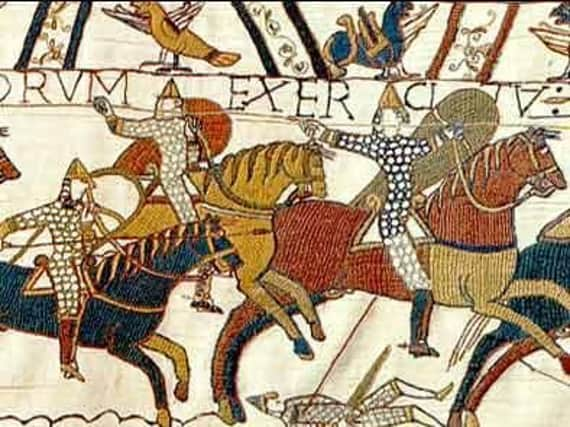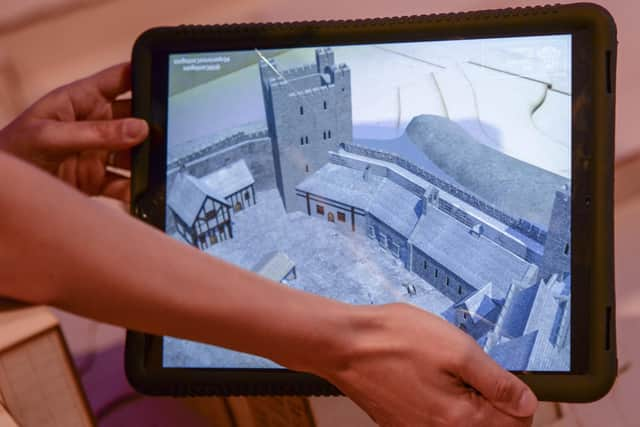Waltheof loss was Norman gain


Howeve,r 1066 also represents the collapse of Anglo-Saxon England as the Normans spread across the country, seizing the land for themselves.
Sheffield's Anglo-Saxon ruler Waltheof, Earl of Northumberland, managed to keep hold of his land, the last Anglo-Saxon to hold such a prominent position.


Advertisement
Hide AdAdvertisement
Hide AdHowever Waltheof lost his land, and his head, in 1076 after joining a revolt against King William for reasons that still elude historians.
After this Sheffield passed into the hands of Norman lords who built the city's first castle around 1100. It is unlikely that the ordinary people of Sheffield responded to this change by screaming '˜Help I'm being oppressed' while digging up mud.
Most probably didn't experience any change in their lives of hardship, not that the Normans would have understood even if they did complain as they spoke French not English, making the modern-day accusation of a disconnected political elite seem comparably trivial.
Sheffield's first castle was a '˜motte and bailey', basically a wooden keep on a hill surrounded by a ditch. If a wooden castle in an age of candles sounds like a fire hazard to you then you're almost right.
Advertisement
Hide AdAdvertisement
Hide AdThe castle was burnt down in 1266 by soldiers supporting King Henry III against Simon de Montfort during the Second Baron's War. Sometimes considered the first Prime Minister of England, de Montfort ruled England for around a year while he had the King locked up.
However, far from retiring to write his autobiography, become a chairman of a company or even returning to the back benches, de Montfort's fall from grace was a little less dignified as he was defeated in battle and chopped up into pieces so he could be '˜shared' around the country.
Sheffield castle was rebuilt in 1270 by its Lord, Thomas Furnival, and this time in stone. The castle was located on the banks of the River Don with its central keep on the spot of the now demolished Castle Market.
The son of Thomas Furnival, also called Thomas, can be credited with much of the development of Sheffield as a town. In 1297 Thomas granted a charter to the people of Sheffield, in effect creating a town with limited self-government and rights which distinguished it from peasant villages where people were all but owned by the landowners.
Advertisement
Hide AdAdvertisement
Hide AdThe castle was destroyed in 1648 during the English Civil War when Parliament, or the '˜Round-Heads', decided that alongside mince pies and music, having castles around that their enemies could use was not a good idea.
However that isn't the end of Sheffield Castle's story, the city council has provided £800,000 towards rejuvenating the Castlegate area. Part of this project, a collaboration between Sheffield University's Archaeology Department and the Friends of Sheffield Castle, involves unearthing the castle's buried secrets and bringing it to life so the people of Sheffield can finally learn about their city's formative years.
Â
Â
Â
Â
Â
Â
Â
Â
Â
Â
Â
Â